What is the Synergizing Nonviolent Action and Peacebuilding (SNAP) action guide?
An Action Guide
The Synergizing Nonviolent Action and Peacebuilding (SNAP) guide provides a strategic framework for activists, peacebuilders, and organizers working to transform violent conflict and advance a just peace. It demonstrates how nonviolent action and peacebuilding approaches can be used together synergistically to mobilize communities, address power imbalances and conflict drivers, and support inclusive, participatory peace processes.
The guide, also available in Arabic, Burmese, and Spanish, is for trainers, facilitators, and other practitioners serving the many organizers, activists, mediators, negotiators, and peacebuilders who want to learn more about how to integrate nonviolent action and peacebuilding strategies in their work.
The impetus behind SNAP comes from case study research that highlights how grassroots activists, organizers, and peacebuilders engaged in nonviolent action and peacebuilding can use approaches from both fields together to strategically plan and more effectively prevent violence, address grievances, and advance justice. While scholars such as Adam Curle,1 John Paul Lederach,2 Lisa Schirch,3 Veronique Dudouet4 and Anthony Wanis-St. John5 have explored synergies between the two fields for decades, the SNAP guide is one of the first to offer practical modules and exercises meant to help practitioners operationalize the combined approach at the grassroots.
It is also intended to provide organizations that support field-based peacebuilding, human rights, and conflict transformation with new tools and frameworks to guide their work. The guide provides users with the opportunity to explore the synergy between nonviolent action and peacebuilding approaches to develop the capacity and skills necessary to assess conflict, build coalitions, mobilize constituencies, balance power, and consolidate gains as they work to address injustices and build inclusive peace processes.
As a student and a budding activist, it helps me to understand more about nonviolent action, tactics that can be used, and how peacebuilding can be woven throughout.
Boycotts or negotiations? Pressure or engagement? Which approaches, and in what sequence, are most effective for building a just and sustainable peace?
In 1971, feminist nonviolent activist Barbara Deming wrote about “revolution and equilibrium,” asserting that activists needed “two hands of nonviolence”—one hand with a palm facing out to say, “stop the injustice!” and another offered as a handshake. Building just, inclusive, and peaceful societies requires people who are willing and able to use a wide variety of approaches, including direct action, relationship building, volunteer mobilization, dialogue, and negotiation. However, these activities are sometimes seen as separate or incompatible.
Grassroots activists may know how to engage in protests and other forms of nonviolent direct action, but they may have less experience facilitating a delicate meeting featuring diverse groups and opinions. Peacebuilders may excel at dialogue or negotiation, but they may get stuck when one group has more power than another, making it difficult to reach a just resolution. Each approach has its own history, community of practice, literature, and education and training programs.
The SNAP action guide seeks to build bridges between peacebuilding and nonviolent action practitioners and illustrate how the most strategic and effective methods from both fields can reinforce one another to advance justice, promote human rights, and build sustainable peace.
Interested in learning more about the guide or strategic planning and skills-building workshops based on the guide? Contact snap@usip.org.
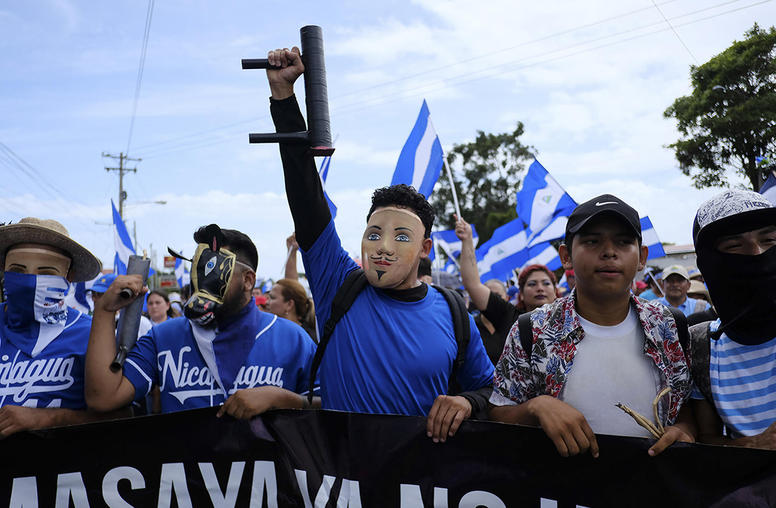
Only a few months ago Nicaragua was a spectator to the turmoil in Guatemala, Honduras and El Salvador that has led to a massive exodus of families seeking refuge by traveling north. Sadly because of the current tumult in Nicaragua, a new refugee crisis could be on the way. To prevent further escalation and increase the chances of achieving a just peace, the opposition and the Catholic Church should loudly and strategically embrace nonviolent discipline.
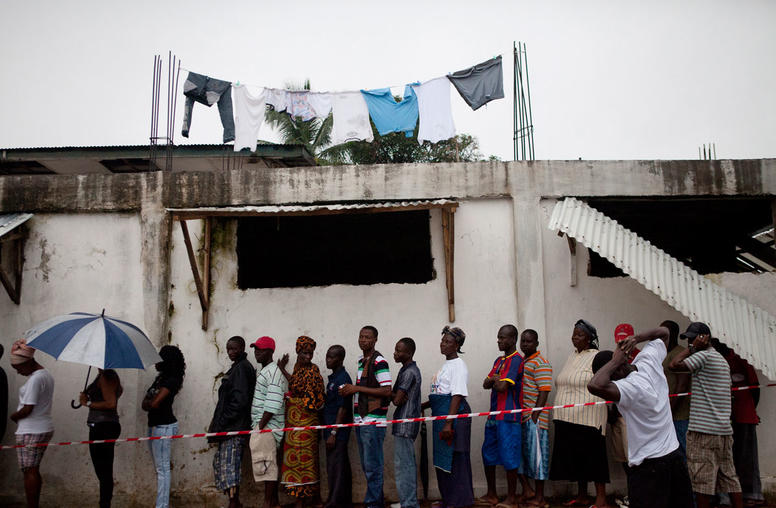
The United Nations has declared a priority this year to unify and strengthen its work in building peace—and U.N. bodies will meet in the next two months to advance that change. U.N. leaders have acknowledged that a vital element in peacebuilding is nonviolent, grassroots movements that can prevent violent conflict by providing ways for people to constructively address grievances, seek rights and advance justice. But as the United Nations aims to more efficiently promote peace, how prepared is it to actually work with the nonviolent grassroots movements that have proven to be peacebuilding’s most effective tool?
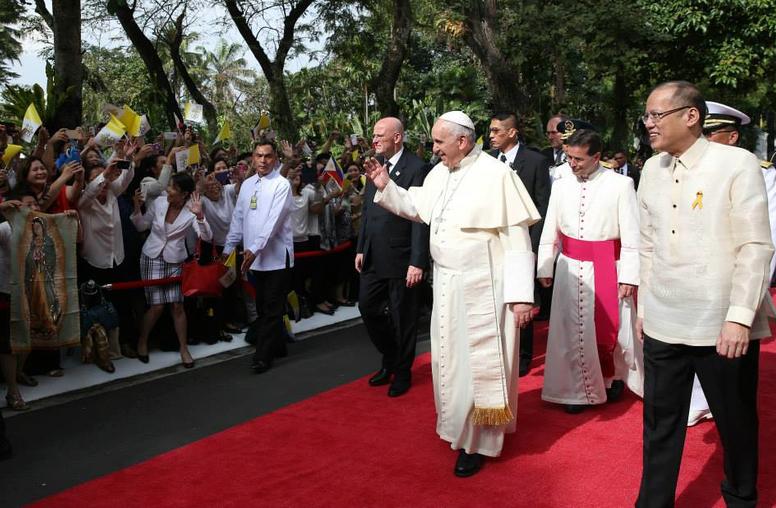
The Catholic Church, with its 1.2 billion adherents worldwide, has been pivotal in some of the most significant nonviolent struggles in modern history. Many will recall the iconic image of Filipino religious sisters confronting military forces and a kleptocratic dictatorship of Ferdinand Marcos in prayerful resistance during the 1986 “people power” revolution. Today, Filipino religious leaders, facing another violent dictator, Rodrigo Duterte, once again are the leading face of nonviolent resistance. The Vatican is discussing these and other examples of powerful nonviolent movements as it rethinks its long-held doctrine of “just war.”
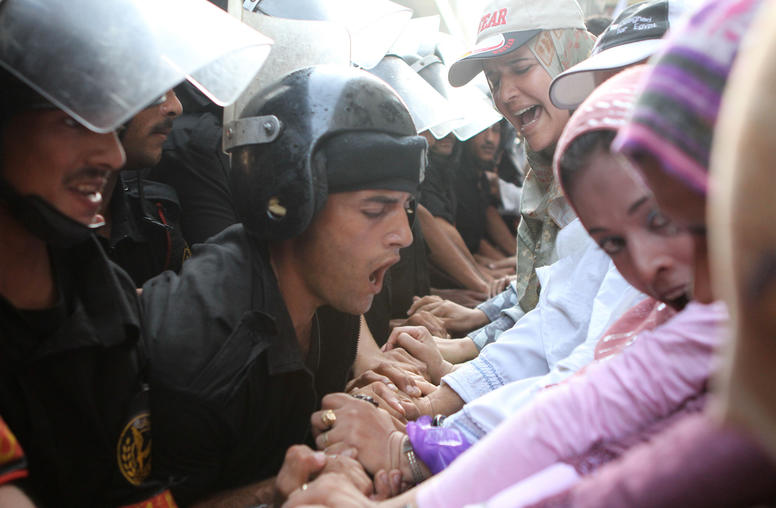
In 2011, the world watched millions of Egyptians rally peacefully to force the resignation of their authoritarian president, Hosni Mubarak. “When Mubarak stepped down … we realized we actually had power,” recalled Abdallah Hendawy, a prominent activist. But, having won a victory in the streets, Egypt’s pro-democracy activists found they were ill-prepared for the negotiating table and the collaboration needed—among themselves and with Egypt’s politically powerful military—to consolidate their gains.
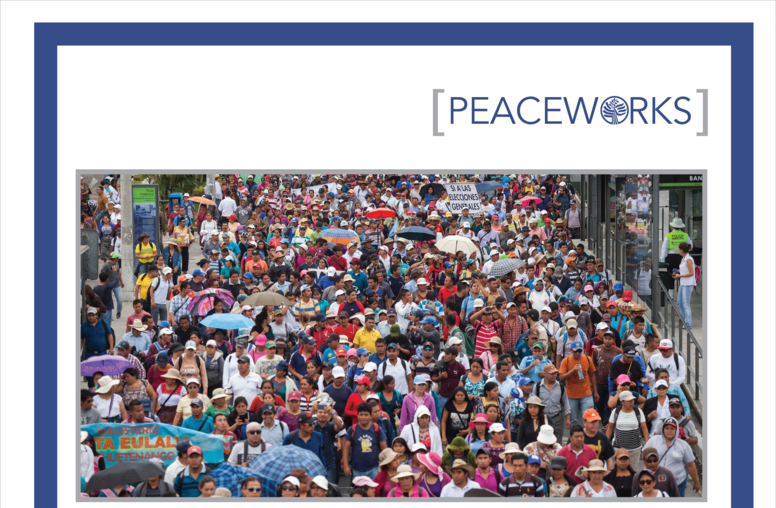
Reviewing the literature on negotiation and civil resistance, this report examines the current divide between the two and digs deeper to identify the fundamental convergences. It builds on these findings to illustrate why negotiations and negotiation concepts are essential to the success of civil resistance campaigns. Using historical examples, it then examines the dynamics of negotiation in the context of these strategic domains.
It was a great workshop, I particularly enjoyed having the opportunity to share with individuals from different types of organizations (activists, academics, practitioners) representing work around the world.
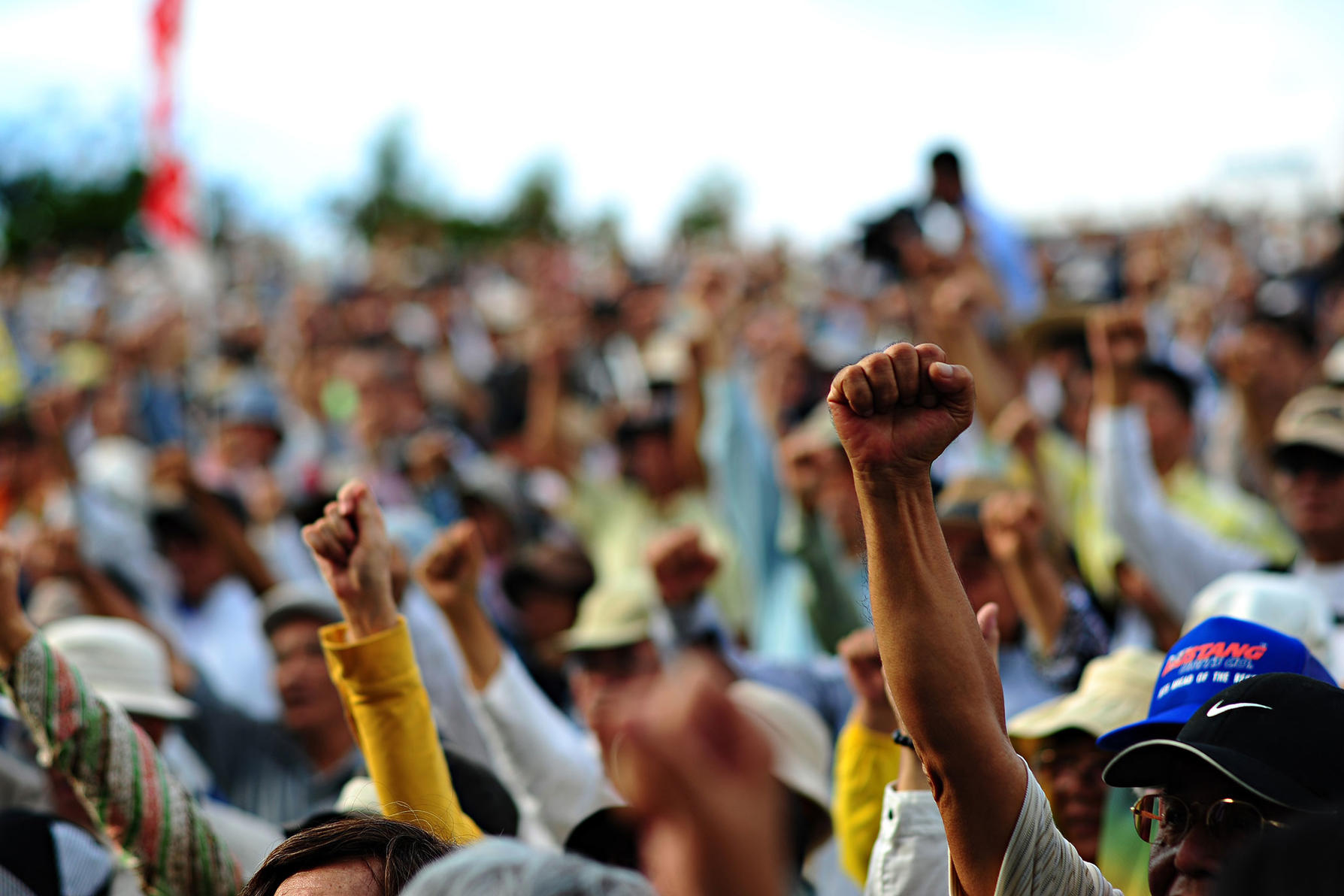
Event Highlight
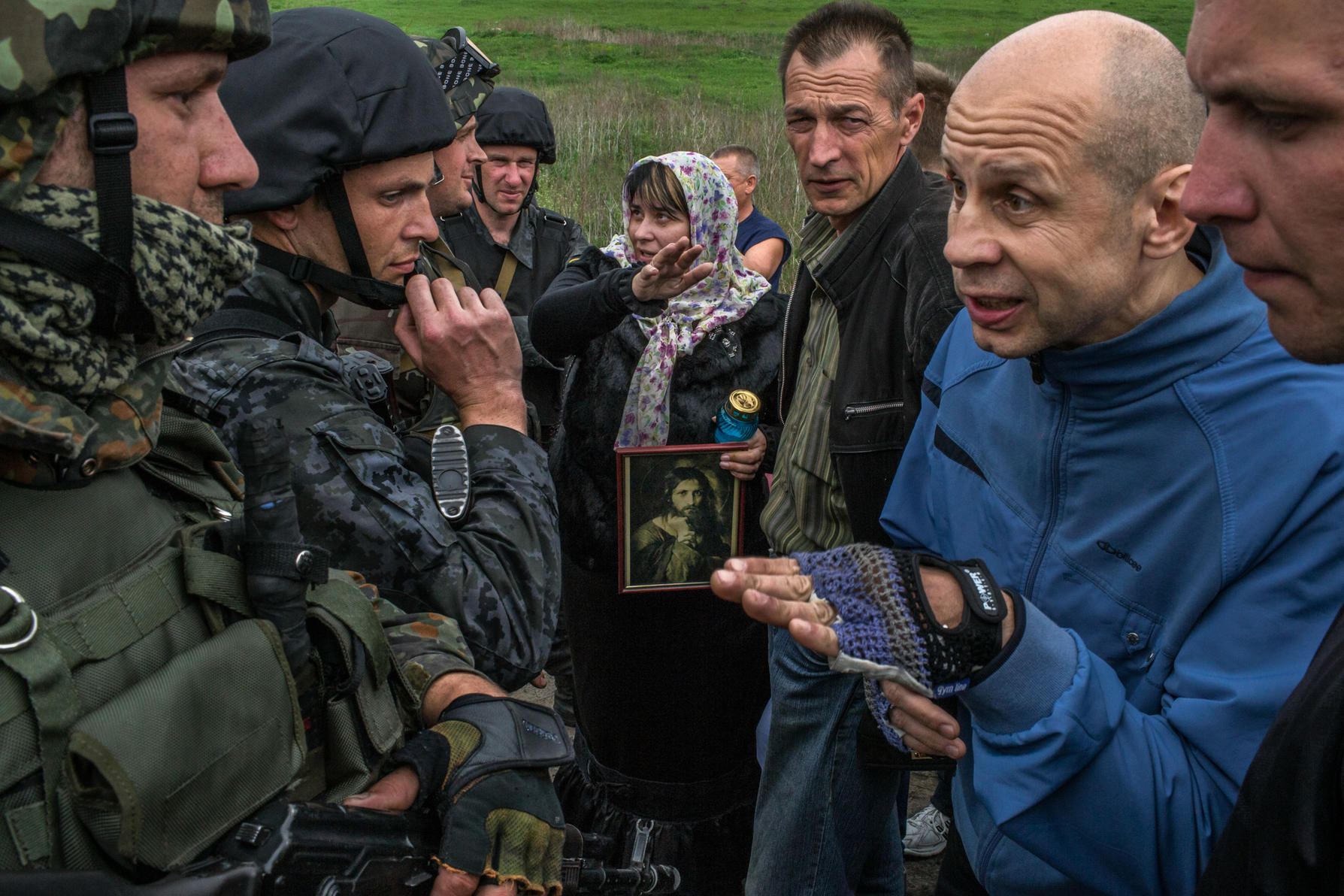
Event Highlight
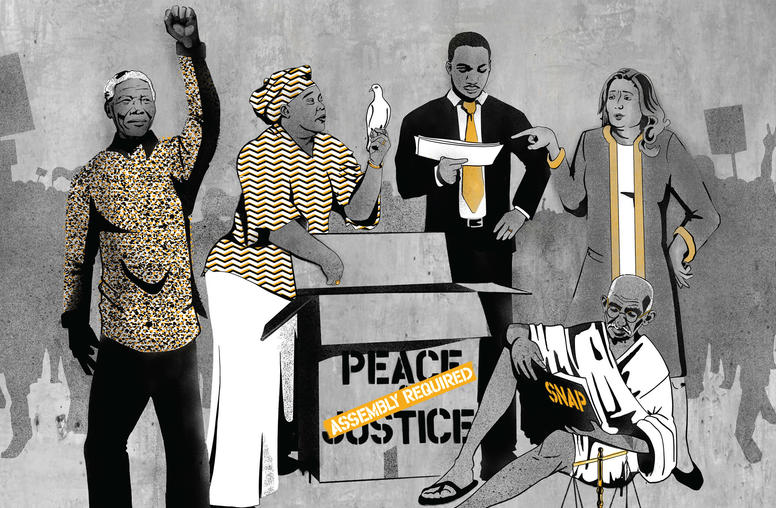
ဤလမ်းညွှန်စာအုပ်သည် ပဋိပက္ခ အသွင်ပြောင်းလဲခြင်း သို့ ဦးတည်ရာတွင်နည်းလမ်းများအား မဟာဗျူဟာကျကျ ထိထိရောက်ရောက် အသုံးပြုနိုင် စေရန်ငြိမ်းချမ်းရေး တည်ဆောက်သူများ နှင့် အကြမ်းမဖက်လှုပ်ရှားမှု ဖော်ဆောင်သူများ အကြား ချိတ်ဆက်ရန် ကြိုးပမ်းခြင်းဖြစ်သည်။ ၎င်းသည် တရားမျှတမှုနှင့် ရေရှည်တည်မြဲသော ငြိမ်းချမ်းရေးကိုမြှင့်တင်ရန်အ ပြန်အလှန်ပြောဆိုခြင်း၊ တိုက်ရိုက်လုပ်ဆောင်မှုများ နှင့် နည်းလမ်းများကို ပေါင်းစပ် အသုံးချနိုင်ကြောင်း ပြသခြင်းဖြစ်သည်။ ဤလမ်းညွှန်စာအုပ်သည် ၎င်းတို့၏လုပ်ငန်းခွင်တွင် အကြမ်းမဖက် လှုပ်ရှားမှုနှင့် ငြိမ်းချမ်းရေး တည်ဆောက်ခြင်း နည်းလမ်းများအား မည်သို့ ပေါင်းစပ်အသုံးပြုရမည်ကို လေ့လာလိုသည့် စီစဉ်သူများ ၊ စည်းရုံးရေးမှူးများ၊ တက်ကြွလှုပ်ရှားသူများ ၊ ကြားဝင် ဖျန်ဖြေသူများ၊ ကြားဝင် ညှိနှိုင်းသူများ နှင့် ငြိမ်းချမ်းရေးတည်ဆောက်သူများအား ပံ့ပိုးပေးနေသော သင်တန်းဆရာများ ၊ ပံ့ပိုးပေးသူများ နှင့် အခြားလက်တွေ့ ကျင့်သုံးသူများအတွက်ဖြစ်သည်။

يسعى هذا الدّليل إلى إقامة جسور تواصل بين العاملين في مجال بناء السّلام من جهة والناشطين في مجالات التّحرّك غير العنيف من جهة أخرى. ويستعرض أساليب العمل المتاحة في كلا المجالين بصورةٍ إستراتيجيّةٍ وفعّالةٍ للمساهمة في تحويل النزاع. ويُبيِّن الدّليل طريقة تحقيق التّضافر بين الحوار ومهارات التّحرّك المباشر والمقاربات من أجل خدمة العدالة والسّلام المستدامين. أعدّ هذا الدّليل ليوضع بتصرّف المدرّبين والمُيسِّرين وسائر الأشخاص المتعاملين مع المنظمات والناشطين والوسطاء والمفاوضين وبناة السّلام الذين يرغبون في معرفة المزيد بشأن طريقة الدّمج بين إستراتيجيّات التّحرّك غير العنيف وبناء السّلام في عملهم.
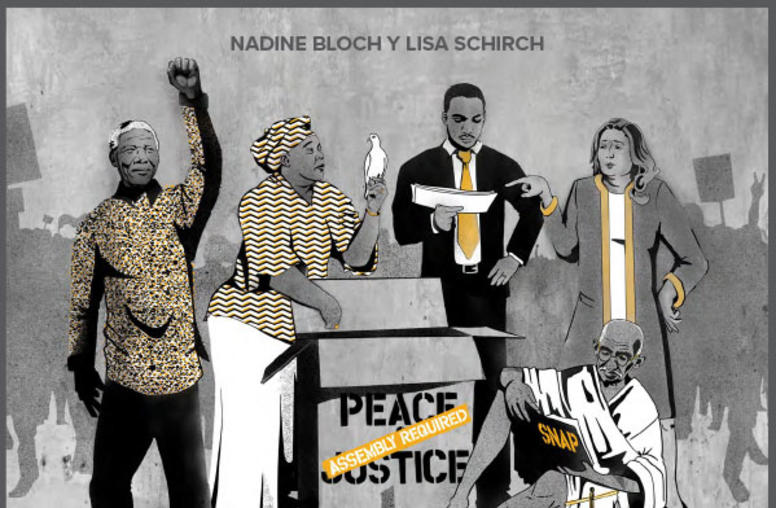
Esta guía de acción busca tender puentes entre los profesionales en la construcción de la paz y la acción no violenta a fin de que se usen métodos de manera estratégica y con eficacia en el camino hacia la transformación de conflictos. Muestra cómo el diálogo, las habilidades de acción directa y los enfoques se pueden sinergizar para avanzar la justicia y la paz sostenible.

This action guide seeks to build bridges between peacebuilding and nonviolent action practitioners so that methods are used strategically and effectively on the path toward conflict transformation. It shows how dialogue, direct-action skills, and approaches can be synergized to advance justice and sustainable peace. This guide is for trainers, facilitators, and other practitioners serving the many organizers, activists, mediators, negotiators, and peacebuilders who want to learn more about how to integrate nonviolent action and peacebuilding strategies in their work.

China and the Philippines this weekend reached a deal aimed at reducing their growing tensions over Second Thomas Shoal. The agreement comes as maritime confrontations have been increasing in frequency and intensity, raising fears of a broader conflict that could lead to the Philippines invoking its mutual defense treaty with the United States. While the deal could be a key step to reducing tensions, messaging from both Beijing and Manila suggests that both sides still firmly maintain their positions on the disputed waters, and that they see the agreement’s provisions in fundamentally different ways.

Hamas, Fatah and a dozen smaller Palestinian factions signed on Tuesday in Beijing a joint statement calling for, among other things, the formation of a national unity government. Fatah, the secular party that controls the Palestinian Authority, and Hamas, which perpetrated the October 7 terrorist attack that led to the ongoing war in Gaza, have been divided since 2007. Their rivalry has long been a thorn in the side of the Palestinian cause and numerous attempts at reconciliation have failed. This latest attempt comes as efforts to devise a post-war governance system for Gaza are picking up steam.

Last week, Pacific Island leaders flew to Tokyo for the Pacific Alliance Leaders Meeting (PALM), a summit between Japan and the Pacific Islands Forum (PIF). The meeting, which has occurred every three years since 1997, is designed to elevate Japan’s engagement with the forum and address common challenges, including climate change, fisheries and development.

Vladimir Putin’s campaign to make the world safe for violent authoritarianism visibly exploits conflicts and bolsters military rule in Africa with mercenary armies, internet-borne disinformation and weaponized corruption. A less recognized Russian effort to build influence in Africa is an expansion across the continent of the Russian Orthodox Church. As the Russian church’s overt support for Putin’s war on Ukraine has corroded its influence in the traditionally Orthodox Christian world, the Moscow Patriarchate is opening parishes and hiring priests away from the established African church.

El reciente anuncio de negociaciones directas entre Venezuela y Estados Unidos fue recibido con agrado por muchos venezolanos como una oportunidad para aumentar las posibilidades de que las elecciones del 28 de julio se desarrollen pacíficamente y conduzcan a un futuro de coexistencia democrática. Sin embargo, la clave de este resultado dependerá menos de las cuestiones tácticas electorales —como los incentivos para no anular la candidatura de la oposición— y más de la cuestión más amplia de asegurar que no habrá persecución del perdedor y que ambas partes puedan volver a la alternancia del poder en lugar de un régimen de partido único. EE.UU. está en una posición clave tanto para influir en el ambiente general de las elecciones como para tomar acciones específicas que faciliten un resultado democrático, que se desarrollará a lo largo de un período post-electoral extendido.